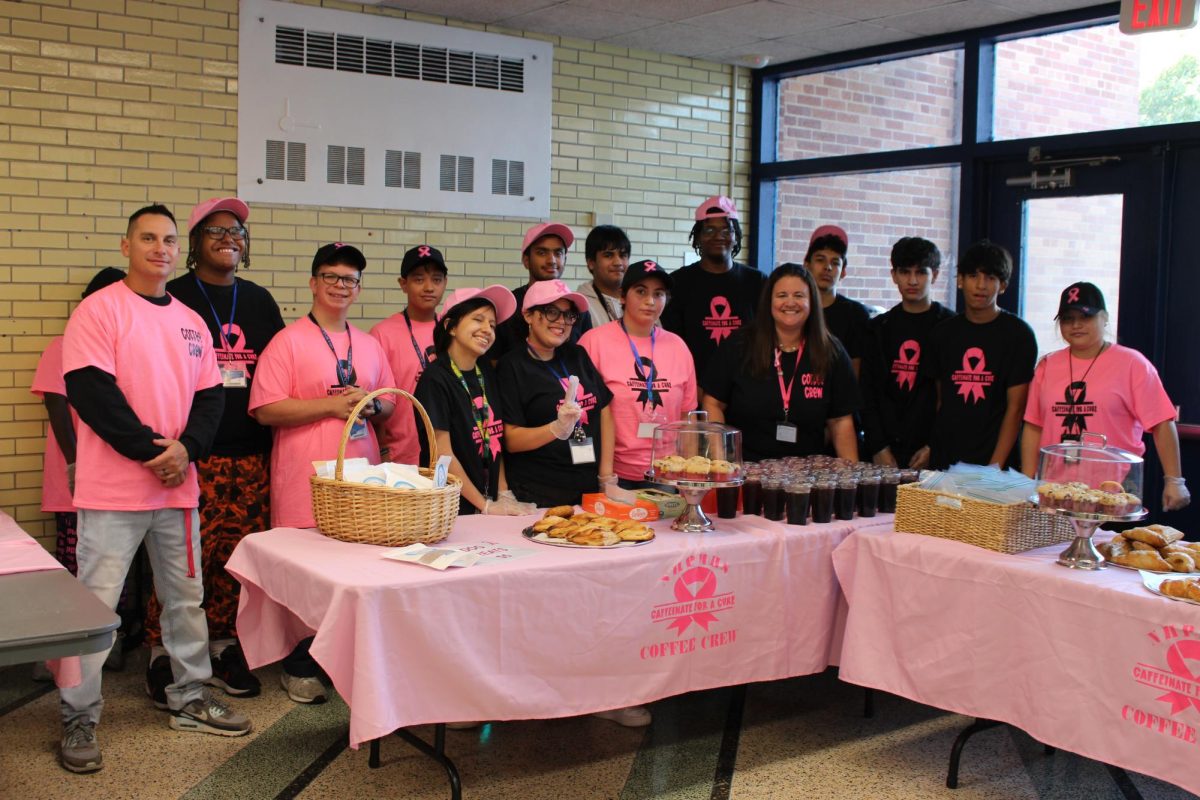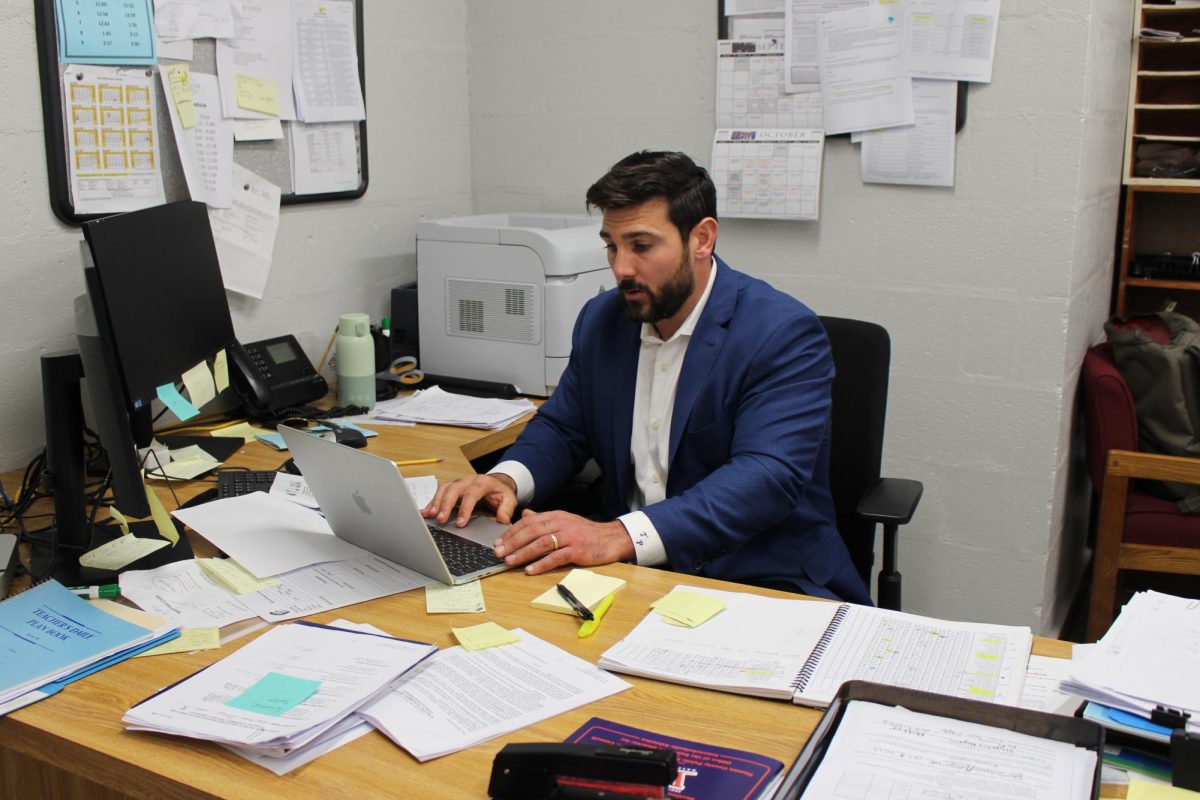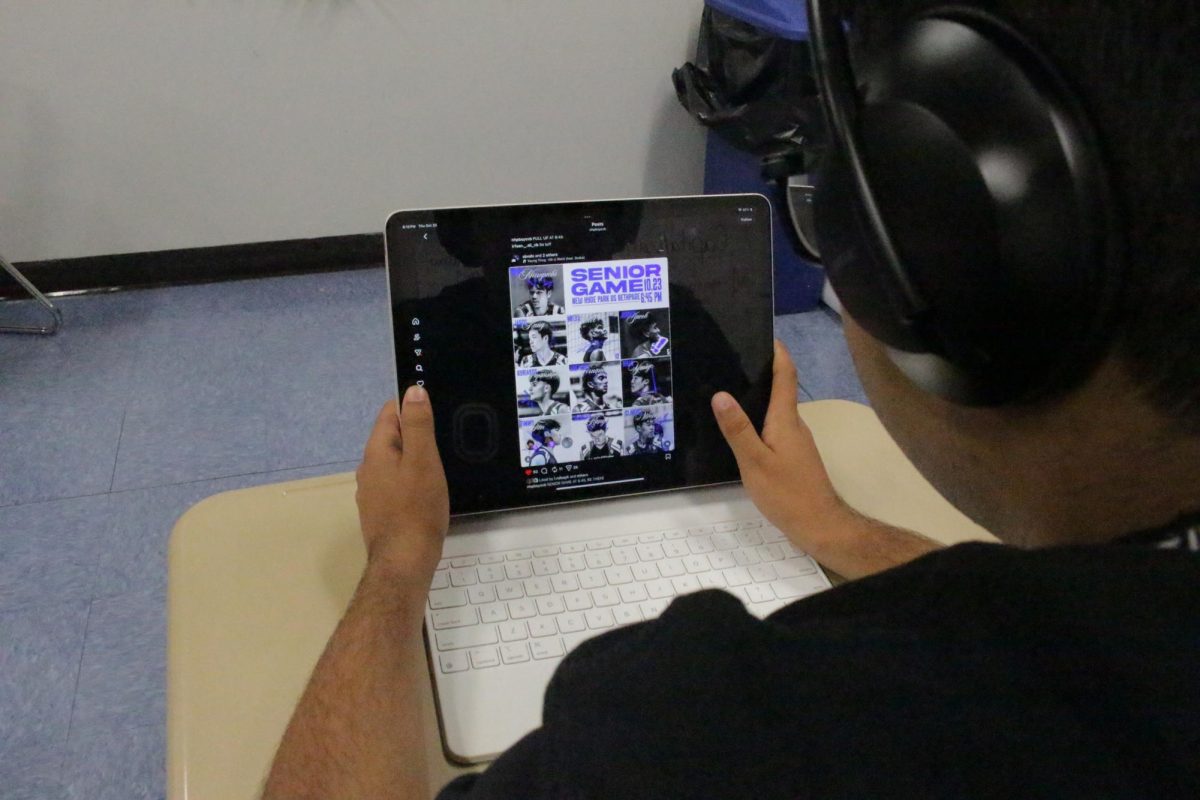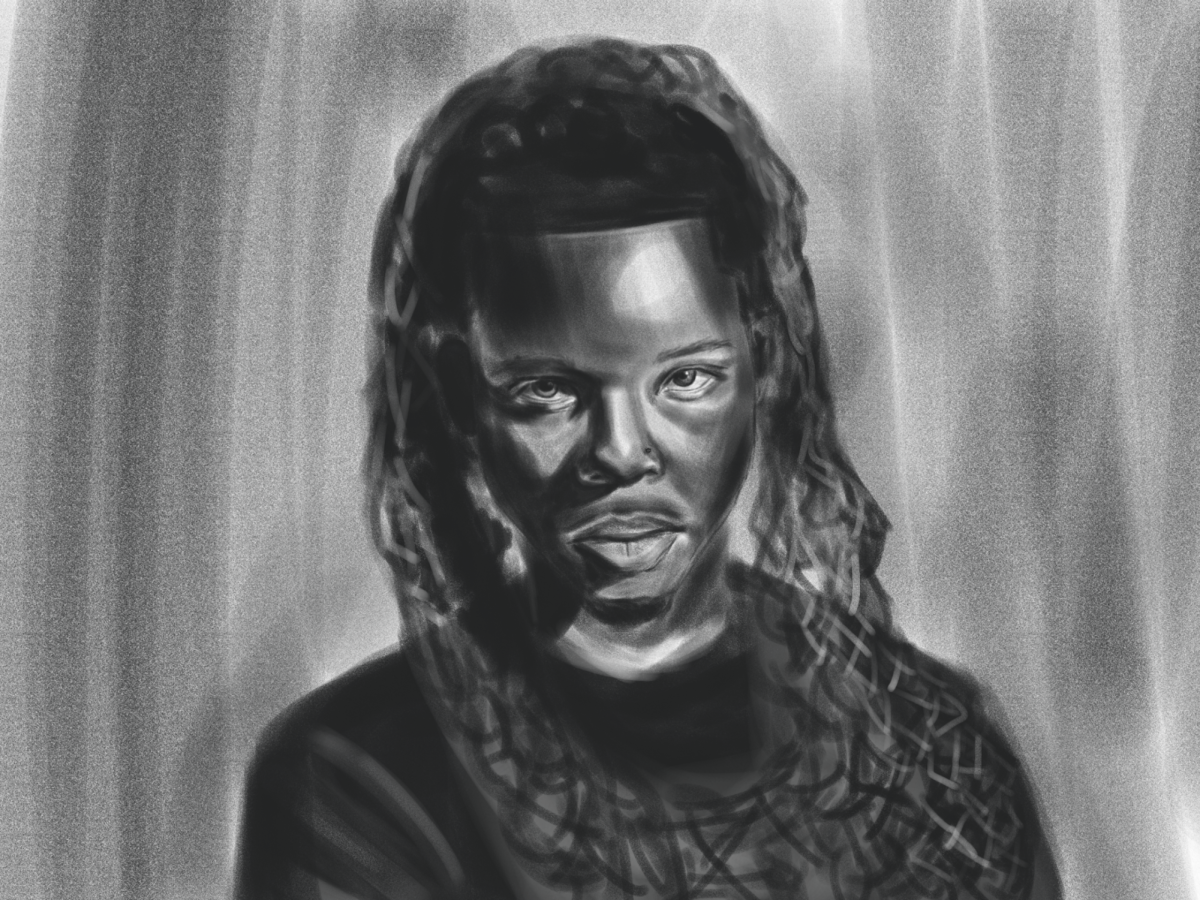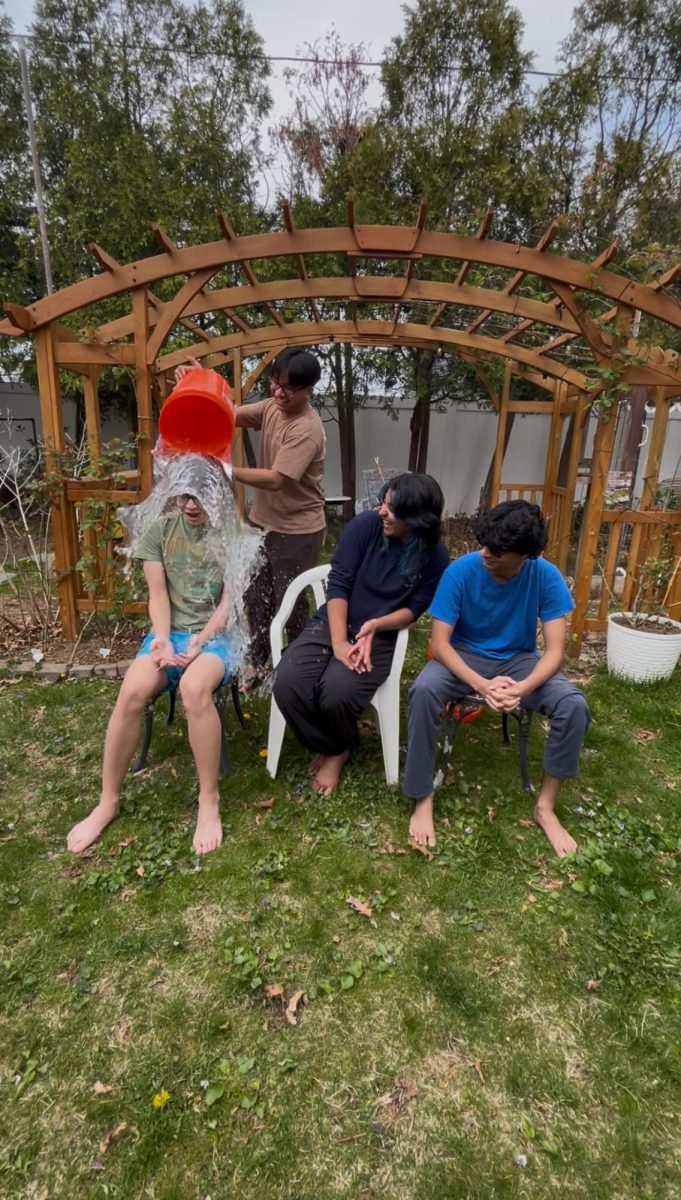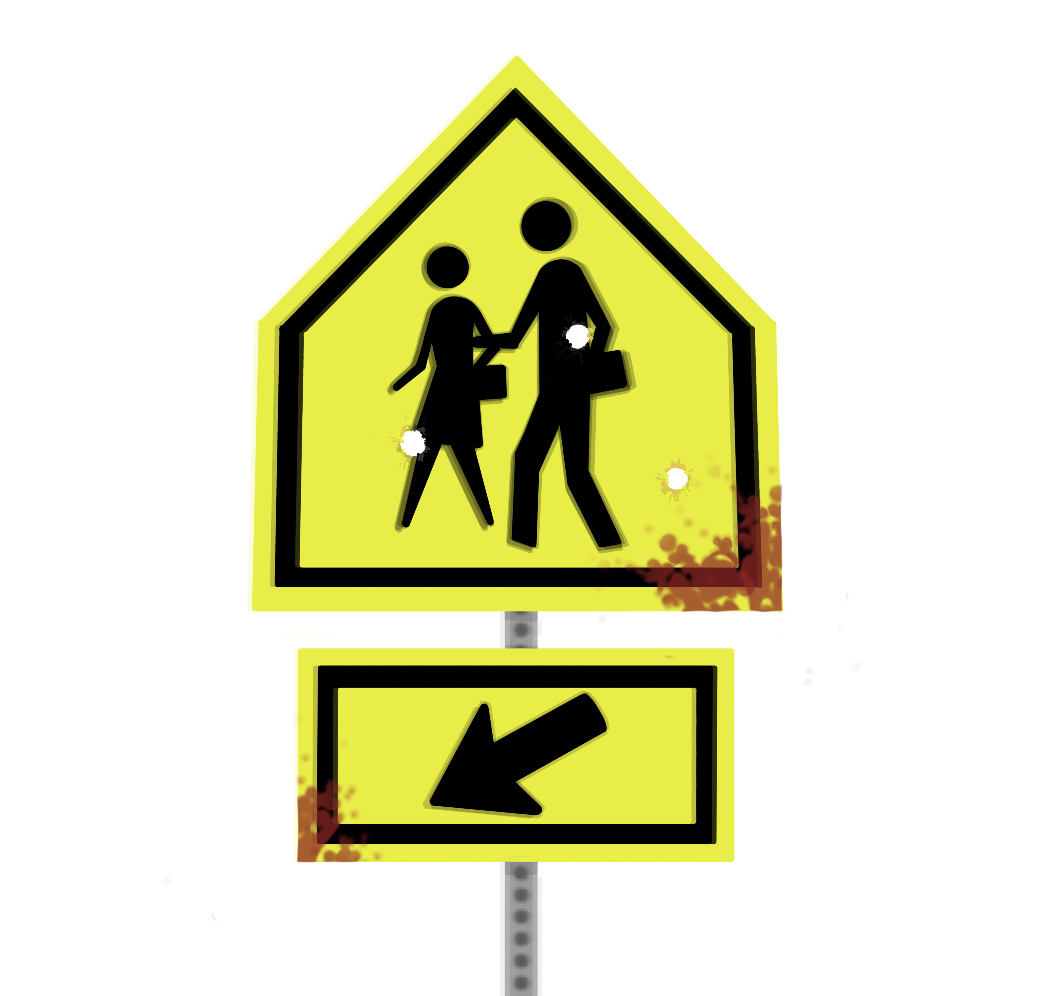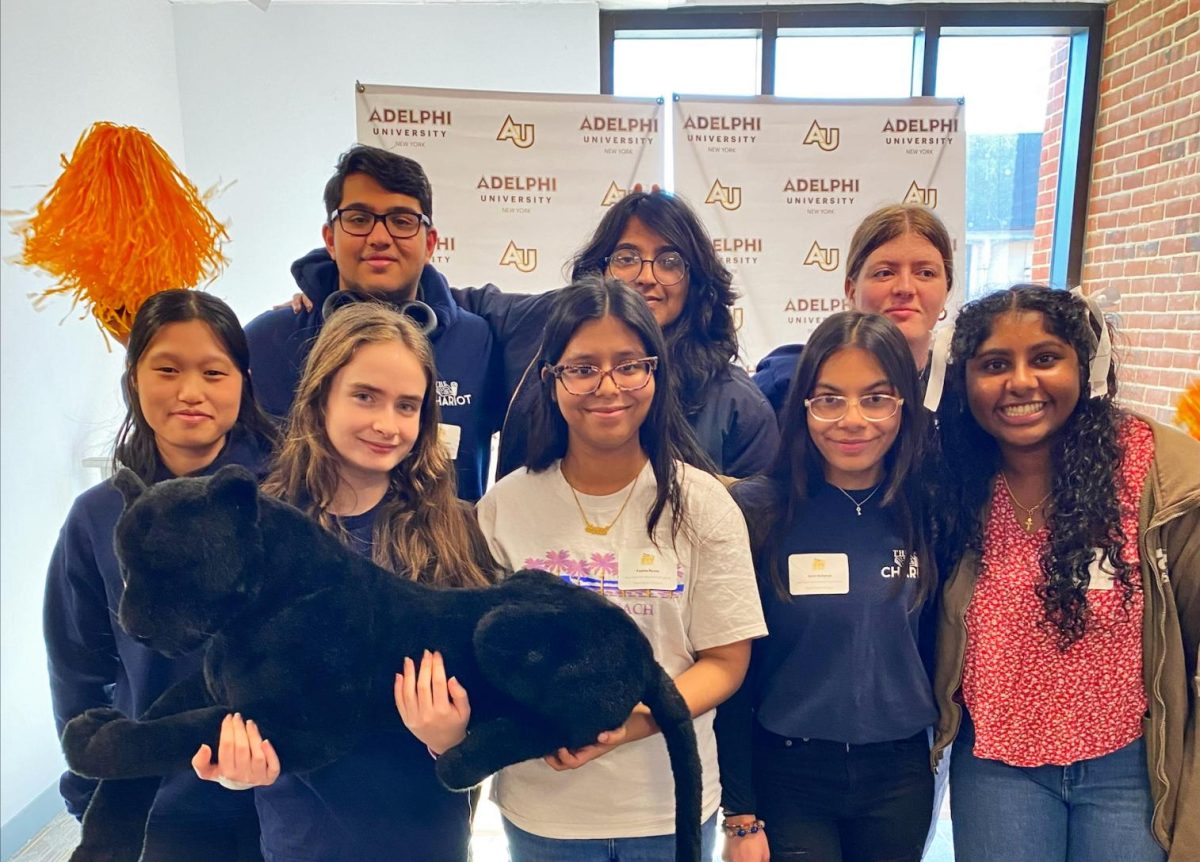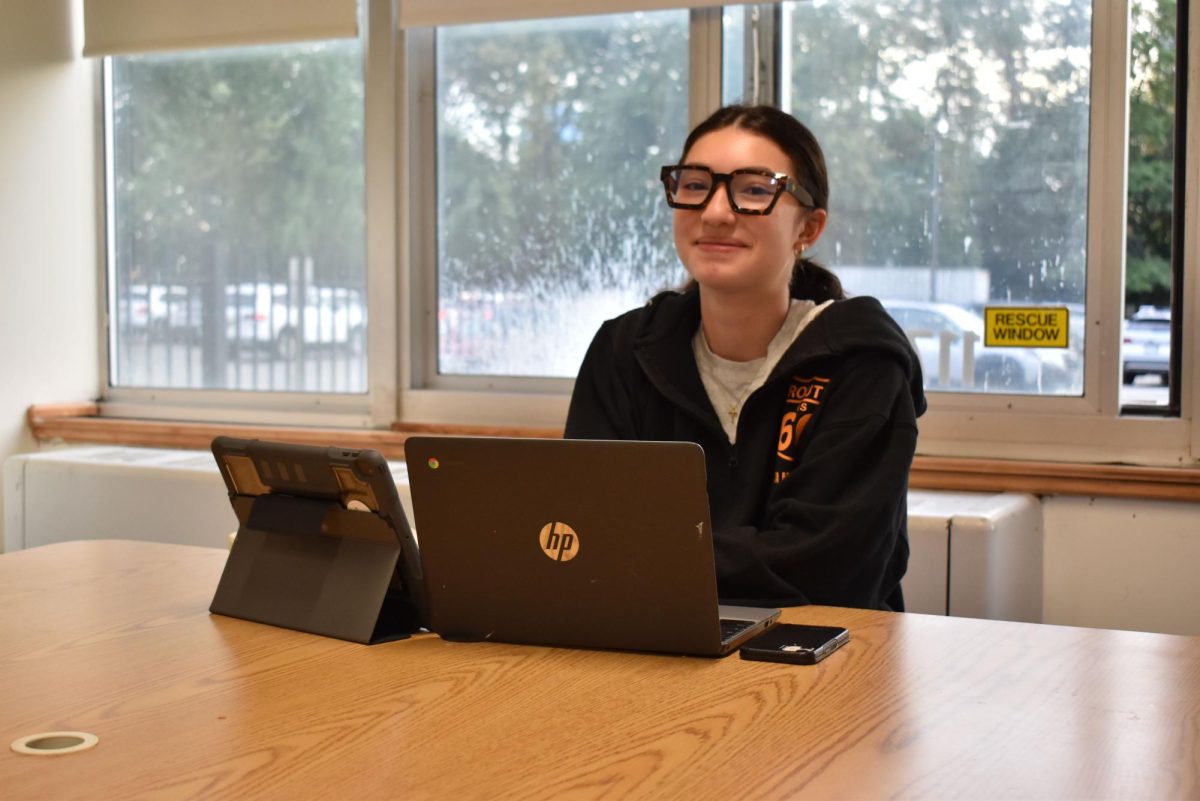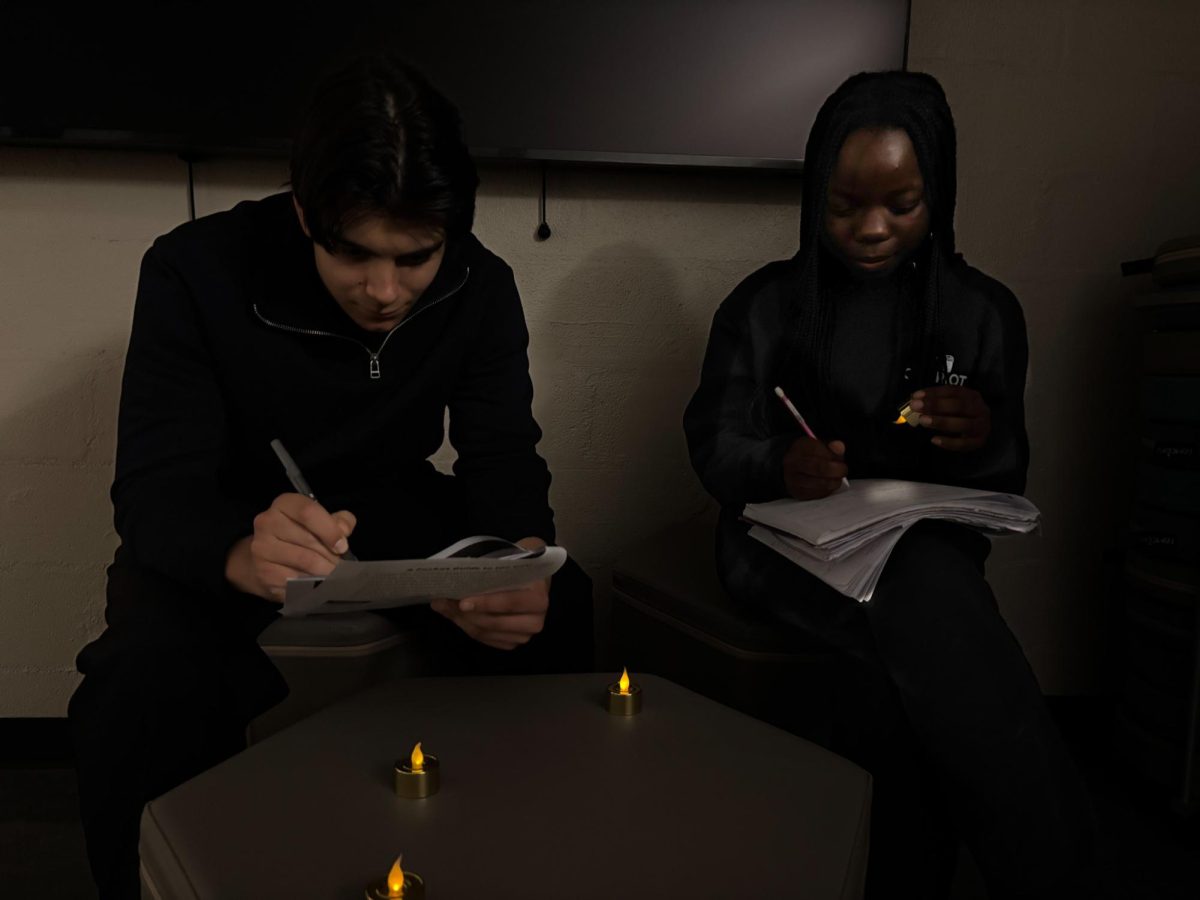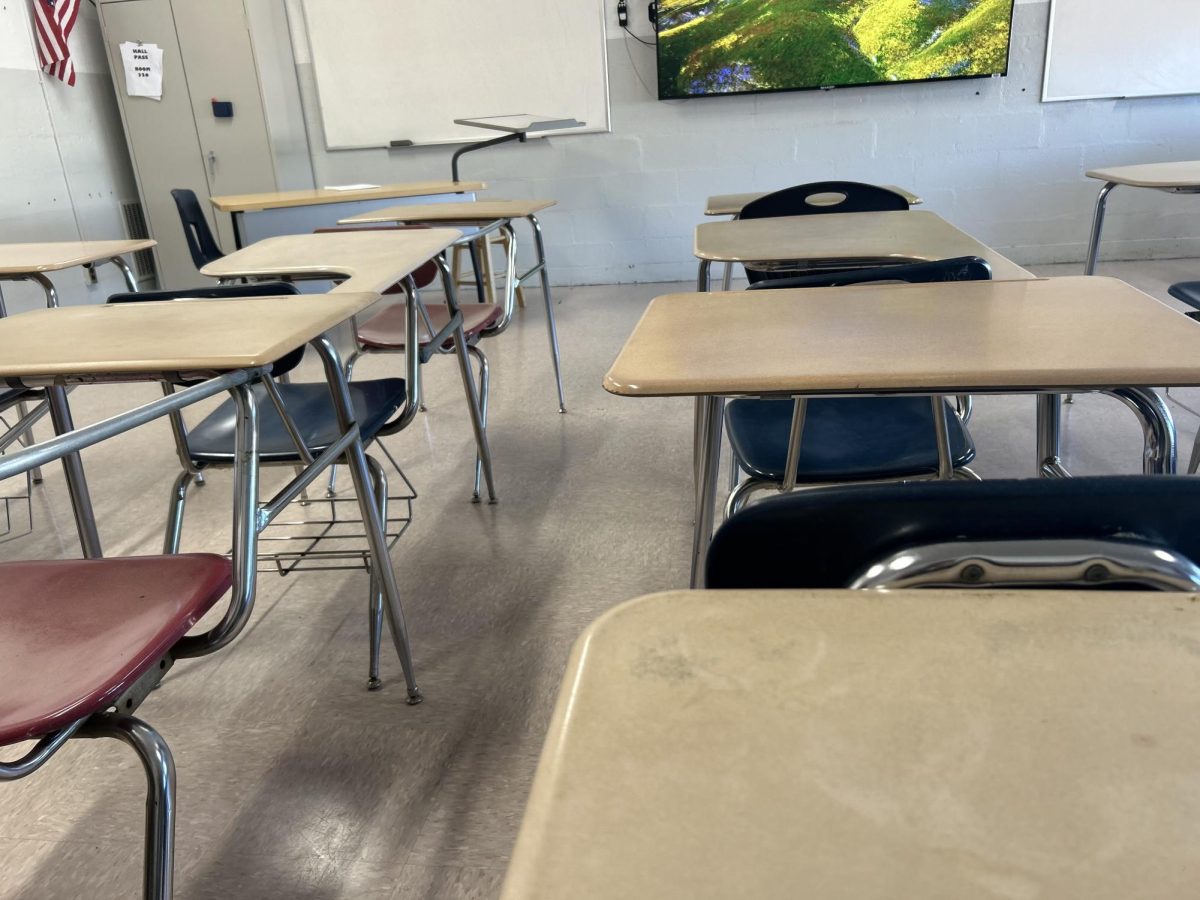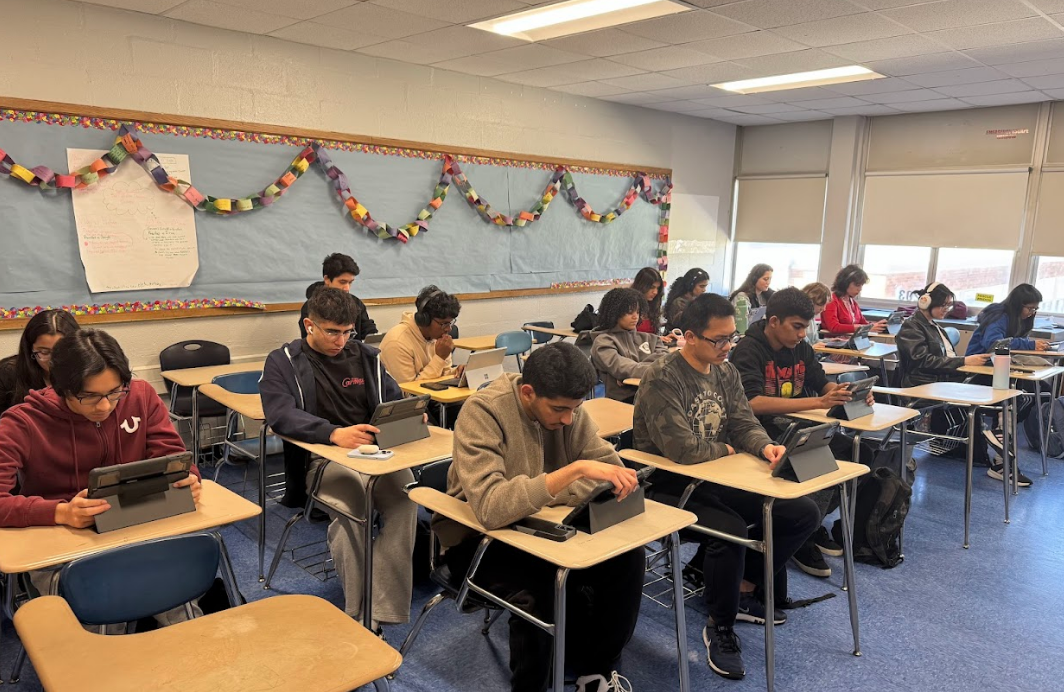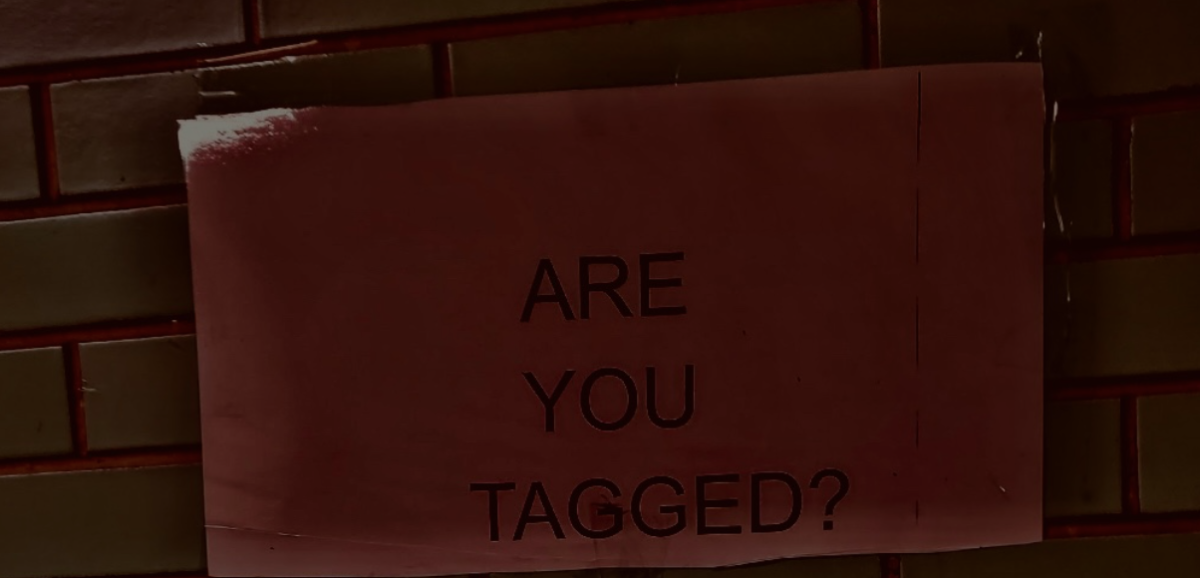As the November general election approaches, New York voters prepare to vote on key local and national elections. Specifically, two competitive elections in New York stand out: the U.S. House race with incumbent Anthony D’Esposito against Democratic candidate Laura Gillen, and New York State Senate District 7, where incumbent Republican Jack Martins faces Democrat Kim Keiserman.
In the race for New York’s Fourth Congressional District, Democratic candidate Laura Gillen aims to unseat incumbent Congressman Anthony D’Esposito. Gillen, a former Town of Hempstead Supervisor and attorney, focuses on addressing the affordability crisis in Long Island, She advocates for bipartisan solutions, including the restoration of the SALT deduction and measures to combat corporate price gouging. Her background in local government, highlighted by significant tax reductions including significant tax reductions during her tenure, strengthens her argument for effective change in Congress.
Conversely, D’Esposito, a Republican and former NYPD detective, emphasizes his commitment to public safety and fiscal responsibility, serving on key House committees that influence critical infrastructure and law enforcement funding.
Keiserman, a former educator and current active Democratic organizer, brings a platform focused on reproductive rights, gun safety legislation, environmental protection and public education investment. Keiserman argues that Martins’ positions on crime and social issues are divisive, claiming that her approach would create more unity in Long Island communities.
“Sometimes, people forget that regional elections are so important because they get caught up in national ones, but the regional ones usually affect us the most,” social studies teacher Ms. Madigan said.
While voters may view state and regional elections as less significant than federal ones, the outcomes of these races can shape policies with immediate impact on local communities. For instance, the influence of state legislation on issues like housing and education directly affects everyday life on Long Island. In New Hyde Park, where the political scene is becoming increasingly charged, students are recognizing the importance of these elections.
“Working on Kim Keiserman’s campaign has allowed me to see how grassroots campaigns work and develop skills like communication,” sophomore Hedia Ninan said. “Students need to get involved, so we can have a voice in elections, and fight for what we need.”
“Through working on Kim Keiserman’s campaign, I really got the opportunity to see what it means to run for office. It’s much more than just sticking up signs and buying ads,” junior Darsh Mirchandani said. “Through campaigns, you’re able to develop leadership and see how you fit into not only a greater project, but society as a whole.”
In nearby District 3, former Congressman Tom Suozzi’s successful special election campaign following George Santos’ expulsion highlights how contentious state politics have become. Suozzi’s win reinforces that regional elections carry weight, particularly as they determine who will fight for federal funding and advocate for regional concerns. Suozzi has also pledged bipartisan action on issues affecting New York’s communities, from lowering local taxes to advocating for a fair immigration policy that balances compassion with national security.
As Election Day approaches, local voters have the chance to shape New York’s political landscape by electing leaders who reflect their concerns and priorities. For students, many of whom are on the cusp of voting, these elections underscore how each level of government impacts their lives.


